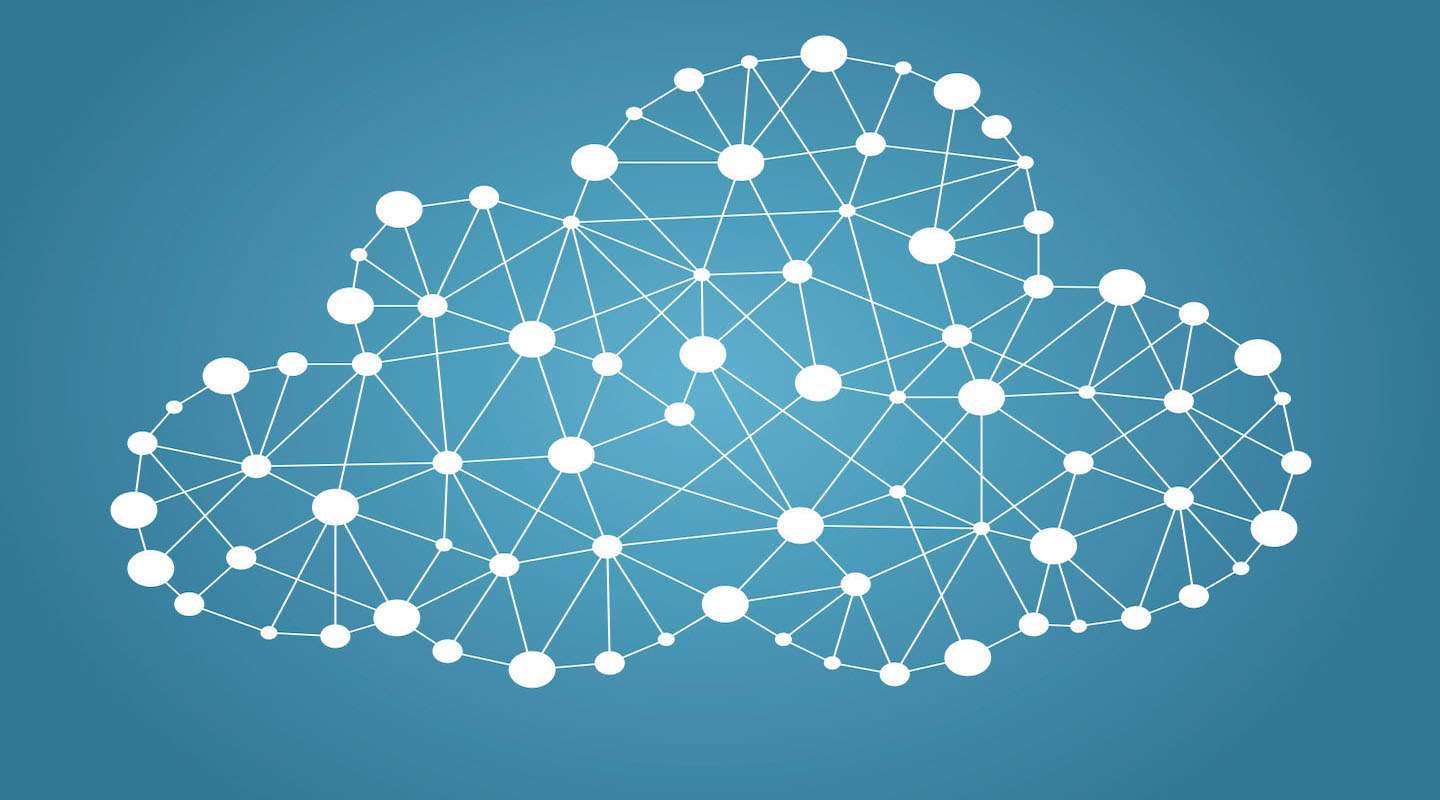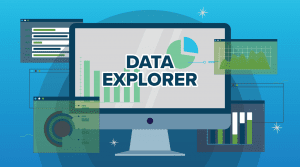Note: This blog post references an early version of SurveyCTO Collect for Android which is now available from the Google Play Store. Please see release notes to learn more and download the latest version here.
Lock-downs, widespread in the early months of the COVID-19 pandemic, have forced projects to quickly adapt to an extreme degree of decentralization and remote operation: homebound enumerators had to be re-trained on new methods of telephone surveying, new surveys to collect critical data had to be rapidly developed and deployed, and data collection had to resume — all remotely. While lock-downs are now lifting and in-person interactions are slowly becoming possible again, decentralization and remote operation are likely to remain key features of data collection for years to come.
In-person interviews and observations will continue to be important, of course, as much of the world’s most critical data comes from remote settings with limited literacy, poor administrative data, and few alternative means of measuring facts on the ground. However, there are now some enduring challenges to the traditional model of recruiting and training enumerators in some central (typically urban) location, then sending them out to conduct interviews or observations over some wide (typically rural) area. Until the pandemic is all but a distant memory, both in-person training events and extensive travel will be considered risky, and communities may be resistant to outsiders coming in to interact with community members.
Fortunately, even in-person operations can be decentralized in order to systematically reduce the need for travel and in-person interactions. Below are some examples.
Remote recruiting
Many communities have community members who are ready and able to collect data, even on relatively complex subjects like health, finance, and agriculture. For example, there are often community health workers, microfinance coordinators or group leaders, and agricultural officers who might be able to assist in certain types of data collection efforts. There may also be program beneficiaries or local officials who can help. Many projects already have a variety of contacts in their target or beneficiary communities, and those contacts can serve as a ready network for local enumerator recruiting. To the extent that data collection can become more local, data collection projects can reduce travel, in-person interactions, and the potential for cross-community transmission of disease.
In the most difficult of times, SurveyCTO users all around the world have been leveraging their existing networks to learn from communities that are otherwise inaccessible. For example, Magic Bus has been collecting data from 80 districts in 22 states during India’s lock-down, including from Mumbai’s Dharavi slum, one of the world’s most densely-populated areas. In addition to their own employees, they have enlisted the help of hundreds of volunteers living in the community, most of whom were young leaders in their Childhood to Livelihood program. And in nearby Gujarat, in a study supported by the Federal Government of Germany, the International Food Policy Research Institute (IFPRI) has likewise been working with the Self Employed Women’s Association (SEWA) to collect data from locked-down communities, enlisting the help of local SEWA representatives. Using techniques like these, we have seen several million observations collected during the early stages of COVID-19 lock-down, from all around the world.
Remote onboarding
It shouldn’t be necessary for a project expert to personally set up mobile devices for data collection, or for enumerators to have to be trained in how to install software or configure their devices. Enumerators should be able to self-onboard remotely. Starting with the 2.70.3 early release of SurveyCTO Collect, new Android devices can be onboarded for data collection with a simple hyperlink (shared via SMS, WhatsApp, or other means) or QR code. This will help enumerators get the app installed and configured, so that they can get right to collecting data.
Because decentralized workflows more often rely on personal, unmanaged enumeration devices like enumerators’ personal phones — and even managed devices may be monitored and managed less closely — effective remote onboarding requires that data-collection devices be configured with the right settings to safeguard data security. See this technical guide for how to remotely onboard with the latest SurveyCTO Collect early-release security and quick-setup features.
Remote training
Depending on the complexity of the instrument, training enumerators can be challenging — but it can still be done remotely. Innovations for Poverty Action (IPA) have been experimenting with enumerator training via SurveyCTO forms, using a new field plug-in to include YouTube videos within the training forms. See also our Support Center article on remote training for CATI surveys.
During Colombia’s lock-down, for example, IPA successfully launched a new telephone survey under their RECOVR initiative, training 32 enumerators and interviewing over 1,500 respondents in seven days. To pull this off, they rapidly adapted an existing team to new technology and workflows, with the support of Northwestern University’s Global Poverty Research Lab. All training was done remotely, using YouTube and other apps to introduce enumerators to SurveyCTO’s case management system as well as the survey instrument and protocol.
Remote accompaniment
While robust quality-control processes have always included some elements of remote supervision, the practice of accompaniment, where a field supervisor or monitor joins an enumerator to observe their interview skills and practices in real-time, have traditionally been done in-person. However, even accompaniment can be done remotely. In addition to configuring survey forms to audio-record some or all interviews for later review, those same forms can be configured to call supervisors or monitors before interviews begin. The remote accompanier can share comments and advice before and after the interview, listening in on speakerphone during the interview itself (and intervening as appropriate).
To learn more about remote accompaniment possibilities and see a basic sample form, see our Support Center article on the subject.
All four of these areas — remote recruiting, onboarding, training, and accompaniment — are active areas of innovation for us, our partners, and our users. So technology and best practices will continue to evolve rapidly as we all re-optimize around the new normal.




